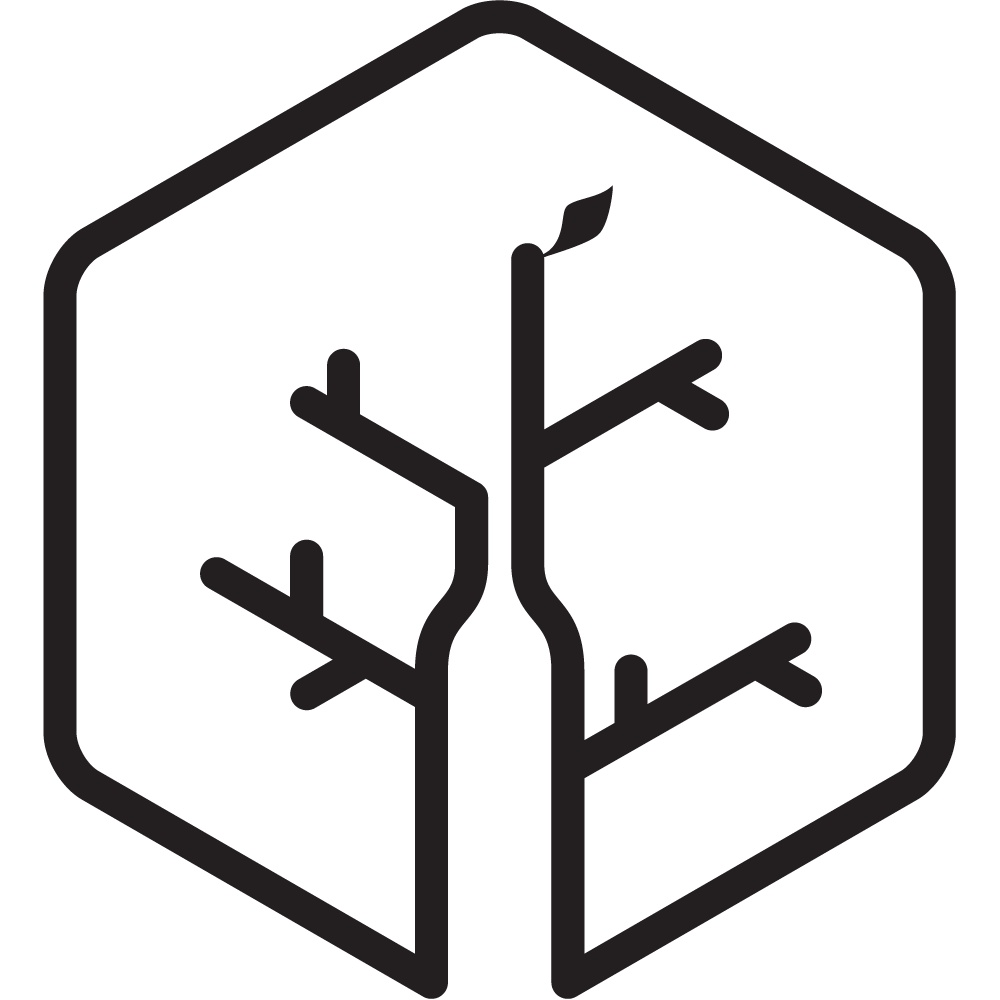Felton Road Masterclass 23.02.2016
/By Stephen Wong
Felton Road Masterclass with Blair Walter. What a great day!
The tasting began with a trio of 2015 Rieslings. The Dry (nearly off-dry) was pithy, grainy, and fresh. The two sweeter Rieslings were entirely distinctive; Block 1 showed intense green apple, bracing acidity balanced against abundant sweetness to deliver a tight, long, racy palate; while the sweeter Bannockburn, at 8.44% abv. was honeyed, with lush, slippery mouthfeel, and mango, apricot aromas - exotic and decadent.
Next up was a vertical of Block 2 Chardonnay from 2014-2011. The 2011, from a higher-yielding but warm vintage, was considerably more developed than the others, with a softness but also less drive and nerve. 2013, another warm vintage, was looking closed today, with more sulphides than the wines on either side, but it had power and great acidity. 2012 and 2014 both showed well. The 2012 harbouring some reduction with lovely nervy acidity and a hint of oak (the last vintage to see any new oak in Block 2), while 2014 was wrapped around a tight core of compact acidity, finishing with vanilla and MLF roundness - at once delicate and comforting. The best vintage of this cuvée I have seen yet.
2014 Bannockburn and Block 5 Pinot Noir were next, with the 2014 Bannockburn looking firmer, full of savoury fruit and plenty of grip. Unusually, Block 5, which ages 6 months longer in barrel, was meltingly pure and Chambollesque, counter to how this wine normally looks in its youth. It was elegant and poised, yet delicately sweet right to the end. Both showed their whole-bunch component as a mild tomato stalk character at this early stage (a touch more herbal in the Block 5 and more sun-dried tomato in the Bannockburn), but they have always integrated with time if previous vintages are an indication.
This was followed by Blair giving us a full history of the Calvert vineyard - it's various incarnations, fruit-sharing arrangements, and current status. The 2014-2011 Calverts were all quite different wines. 2013 was brooding, a touch more rustic, and firmer, while 2012 and 2014 both showed the charming, perfumed side of the vineyard. 2011 once again was the outlier, although many at the tasting enjoyed the development and softness of the wine. Favourites were hard to pick here, but my vote went to the 2012 for it's nerve and complexity. From this 4-vintage vertical, Calvert appears to show better in more moderate vintages rather than the warm ones, as the combination of mineral austerity, floral sweetness and elegance are more in balance when the fruit is allowed to ripen more slowly. In atypical vintages, this vineyard has shifts to deliver punchier, red-black fruit wines, but the tendency for the site is towards floral-red fruit wines of finesse and tension.
Lunch was served with a quartet of special bottles. We had magnums of Block 2 Chardonnay 2002 (the first vintage of this cuvée), Block 3 Pinot Noir 2003, Calvert Pinot Noir 2007 and the famous/infamous Felton Road Fine. The Chardonnay, despite being unfortunately TCA-affected, was still showing plenty of life, having fattened up and gone sweet-fruited on the palate. The 2003 Block 3 was quite evolved, delivering tertiary gamey, mushroomy and smoky aromas now, somewhere between light and medium-bodied. The 2007 Calvert (the second vintage of the three-winery project era) was far more intense, barely into secondary development, showing beautiful minerality and structure with dark fruit verging on olives. The Fine is a marc brandy made with a fractionating German-designed still and aged in a solera system. Blair adds about 100L a year to the solera, which started in 2004. The version we tasted contained wine up to 2009, but with the most recent drawing, it would have had to be topped up with younger wine from further up the solera.
Thanks again to Stephanie Reade of Mineral Wines, and Blair Walter from Felton Road for treating the Wellington trade to such a special Masterclass.
After 7 years as a sommelier, Stephen Wong MW now runs Wine Sentience, managing wine lists around the country as well as hosting tastings, organising wine events for the public and encouraging discussion.












